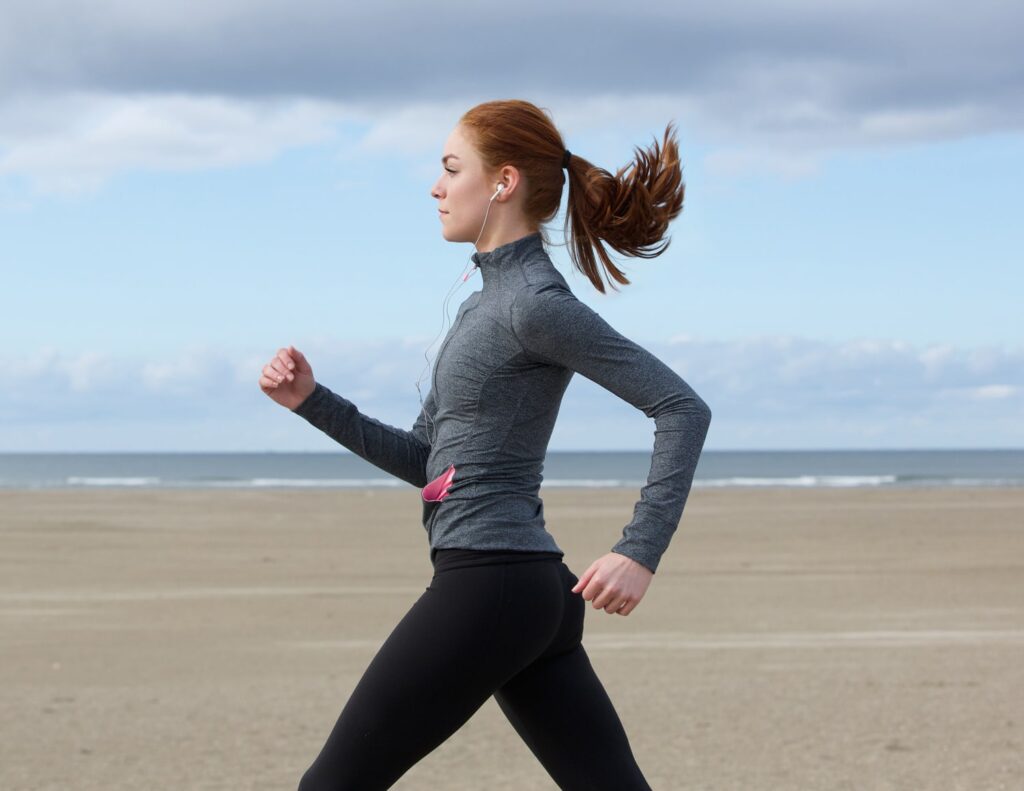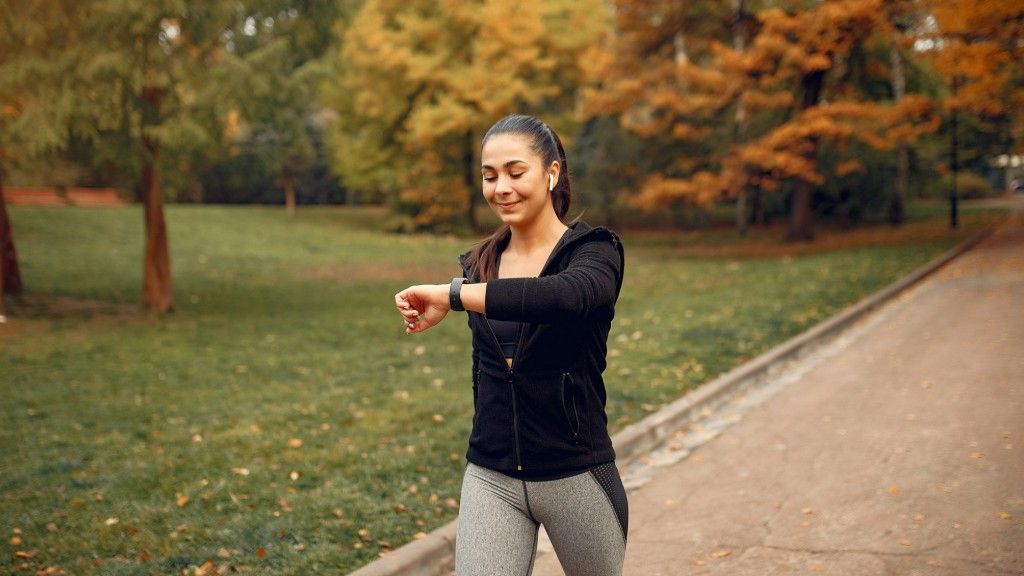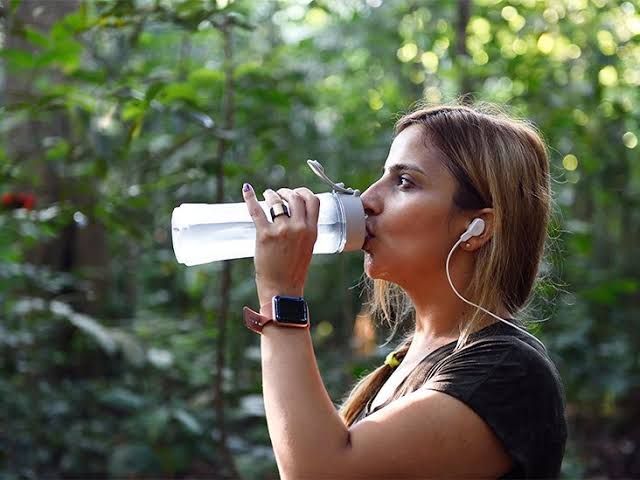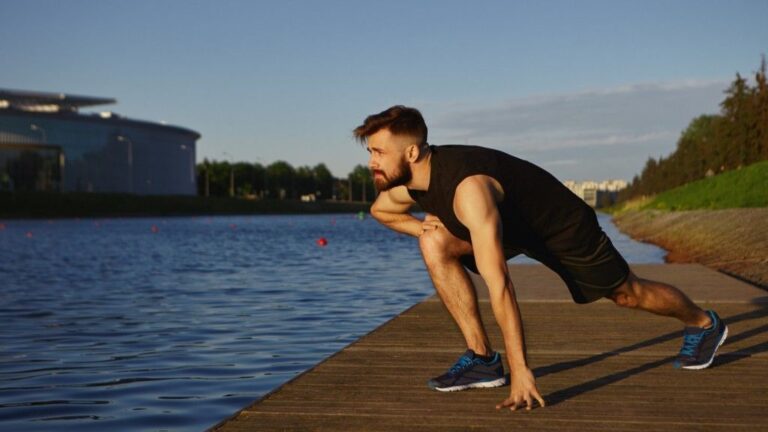Fasted Walking for Belly Fat Loss: Science, Strategy & Results – If you’ve ever wondered whether there’s a simple, science-backed way to target stubborn belly fat while improving your overall health, fasted walking might just be the answer. This low-impact, highly effective strategy combines the power of movement with the metabolic benefits of fasting to help you burn fat, boost energy, and feel amazing—all without extreme diets or punishing workouts.
Let’s dive into how fasted walking works, why it’s so effective for belly fat loss, and how to do it right to maximize results.
Table of Contents
The Science Behind Fasted Walking
Walking in a fasted state—typically first thing in the morning before eating breakfast—creates the perfect conditions for your body to tap into stored fat as fuel. Here’s why:
- Fat Oxidation: After an overnight fast, your glycogen (stored carbohydrate) levels are naturally lower. This forces your body to rely more heavily on fat stores for energy during exercise, making fasted walking particularly effective for fat burning.
- Improved Insulin Sensitivity: Fasting paired with light cardio like walking enhances insulin sensitivity, meaning your body becomes better at regulating blood sugar levels. This not only supports weight loss but also reduces the risk of metabolic issues such as type 2 diabetes.
- Calorie Deficit Synergy: While no single activity “targets” belly fat specifically, combining fasted walking with a slight calorie deficit ensures that your body uses stored fat—including visceral fat around your organs—as its primary energy source.
- Low Stress on the Body: Unlike high-intensity workouts, which can spike cortisol and potentially hinder fat loss if overdone, walking is gentle on your joints, hormones, and nervous system. It’s sustainable, enjoyable, and something almost anyone can do consistently.
In short, fasted walking is a smart, strategic tool for shedding excess weight while supporting long-term wellness.
Optimal Walk Duration, Pacing, and Heart Rate

To get the most out of your fasted walks, follow these guidelines:
Duration:
Aim for 30–60 minutes per session. Shorter walks still offer benefits, but longer sessions allow your body to fully shift into fat-burning mode. If you’re new to this practice, start with 30 minutes and gradually increase as your endurance improves.
Pacing:
Walk at a moderate pace of 3–4 mph. You should feel like you’re working, but still able to hold a conversation comfortably. This intensity aligns with Zone 2 cardio (50–70% of your maximum heart rate), where fat oxidation peaks.
Heart Rate Target:
Calculate your target heart rate by subtracting your age from 220, then aiming for 50–70% of that number. For example, a 40-year-old would aim for a heart rate between 90 and 126 beats per minute during their walk.
Also read – Fat-Burning Stair Climber Workouts for Lean, Sculpted Legs
Advanced Strategies to Accelerate Fat Loss
Ready to take your fasted walking routine to the next level? Try these tweaks to amplify fat-burning potential:
1. Add Incline Walking

Walking uphill increases the intensity of your workout, engaging more muscles (especially glutes and hamstrings) and burning additional calories. Use a treadmill set to a 5–8% incline, or find hilly terrain outdoors.
2. Wear a Weighted Vest

Adding resistance with a weighted vest amplifies calorie burn and muscle engagement without increasing impact on your joints. Start with 5–10 pounds and adjust based on comfort.
3. Incorporate Intervals

Alternate between brisk walking (3.5–4 mph) and slower recovery paces (2.5–3 mph). For example:
- 2 minutes at a brisk pace
- 1 minute at a slower pace
Repeat for 20–30 minutes within your total walk duration.
These strategies keep your body guessing, prevent plateaus, and elevate your metabolism even further.
Also read – 6-Minute Morning Workout to Boost Strength, Mobility & Metabolism
Hydration, Pre-Walk Caffeine, and Post-Walk Nutrition

Proper preparation and recovery are key to maximizing the benefits of fasted walking.
Hydration:
Even though you haven’t eaten yet, you’ve likely gone hours without fluids overnight. Drink 16–20 ounces of water before heading out, and bring a bottle if you’ll be walking longer than 45 minutes.
Optional Pre-Walk Caffeine:
Caffeine enhances fat oxidation and boosts energy levels, making it a great pre-walk addition. A cup of black coffee or green tea 20–30 minutes before you start can supercharge your efforts.
Post-Walk Protein-Rich Meal:
After your walk, refuel with a balanced meal rich in protein and healthy fats to support muscle repair and stabilize blood sugar. Think scrambled eggs with avocado, Greek yogurt with nuts and berries, or a protein shake with spinach and almond milk.
Also read – How Long Should You Walk on an Incline To Lose Belly Fat?
How Often Should You Do Fasted Walking?
For optimal results, aim to incorporate fasted walking 3–5 times per week. Pair it with strength training twice weekly to preserve lean muscle mass and accelerate fat loss. Consistency is crucial—the cumulative effect of regular movement will yield noticeable changes over time.
Final Thoughts: Small Steps, Big Changes
Fasted walking isn’t about quick fixes or drastic measures—it’s about creating sustainable habits that work with your body’s natural rhythms. By leveraging the power of fasting, movement, and nutrition, you can unlock your body’s ability to burn belly fat efficiently and effectively.
Remember, progress takes patience. Celebrate each step forward, stay hydrated, and trust the process. Whether you’re strolling through your neighborhood or climbing hills on a treadmill, every stride brings you closer to a stronger, leaner, healthier version of yourself.
Now lace up those shoes, step outside, and let your journey begin. Your best self is waiting—one step at a time!




